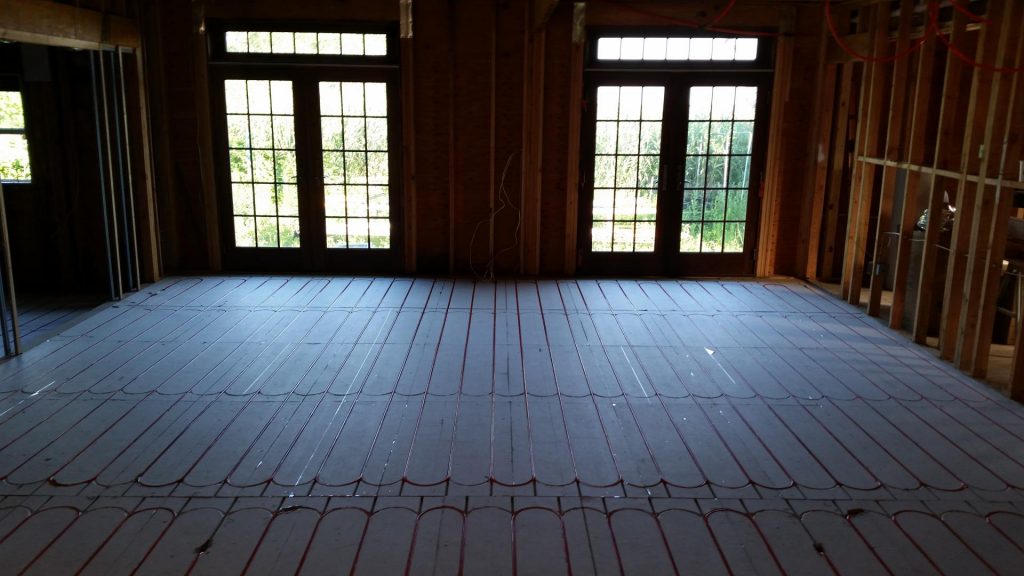If you have an older heating system in your home, opportunities are good that it’s a furnace. Furnaces are among the worn out of all residential heating systems. In their untimely days, they were fuelled with coal and wood. Recently developed models use electricity, gas, or propane, and can run at high productivity levels. Some have annual fuel utilization productivity ratings of 98%, which means they turn 98% of the fuel they use up into heat. But how in every way do these esteemed experience person of the HVAC world work? Or at least the up-to-date one sitting in your house right now, doing the heating for the fall? Here’s a short thumbnail sketch on the function of the present day furnace.
Whatever fuel a furnace uses, it works on the proposition of forced air heating. The furnace conveys heat to air, which blower fans then send through the ductwork of a house and out inlets. Furnaces frequently share the duct system with an air conditioner so homeowners don’t require taking up extra space for their cooling system. In a natural gas furnace, a pilot light burst into flames a sequence of burners inside an igniting chamber. The heat these burners produce then enters the heat interchanger, where the heat interchanges to the air and increases it to the temperature set by the thermostat. At this point, the blowers consume the air and deliver it through the ducts. Propane furnaces works on same moral standards.
For an electric furnace, instead of a pilot light, an electrical combustion begins the heating procedure. In place of gas-powered burners, the kindle activates heating elements that comprises of conductive coils. As current passes through the coils, they start heating the air for the blowers to handle. The more heat the thermostat takes in, the more heating elements turn on. This sounds distortedly simple, but furnaces comprise of many components to make sure that the heat exchange and supply runs evenly and without safety affairs. Trying to distinguish or fasten a defective thermostat on your own is not suggested or asked for unless you have huge HVAC training and the apt tools. You should depend on masters or professionals to manage whatever trouble your furnace, no matter its power source. Gas furnaces can lead to carbon monoxide poisoning, and electric furnaces may cause high voltage shocks.
Hold on to your heating system whether furnace, heat pump, radiant floor heating, or geothermal running adequately for you through fall and winter: get the suggestions and help of Viva Comfort Flow Heating. We’ve been in business for many years, and we already know your furnace down to its smallest part. Up-to-date furnaces are absolutely efficient at this procedure compared to older, outdated furnaces. They also use a series of fail safes and safety mechanisms planned to safeguard both your home and the furnace from lack of success. Learn more about your furnace from the experts at Action Furnace.

